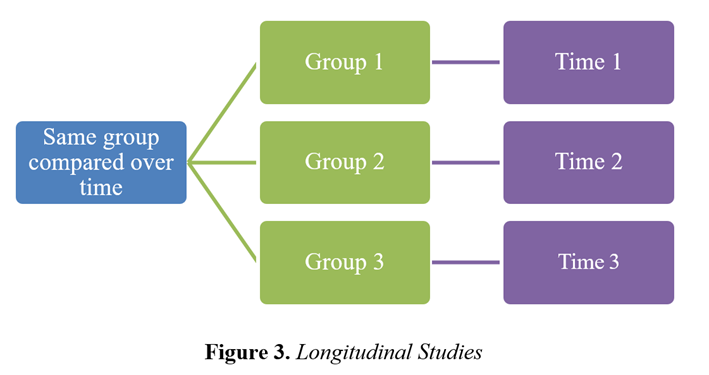Information

Naturalistic observation is a method of observing how people or animals behave in their natural settings. It is a kind of field research, which means that researchers collect data outside the laboratory or clinical setting. Researchers tend to immerse with the environment as much as possible so as not to affect the participants’ natural behaviour in any way.
Based on the position of the observer, observation can be participant and non-participant. The participant observation is the observation when the researchers immerse themselves in the observed phenomenon they are collecting data about. The observer has to integrate with a social group, and take part in their actions. This type of observation is used for two reasons. The first reason is the fact that a lot of groups, such as religious sects, elites, secret associations, are closed and inaccessible to observation. So, in order to obtain the necessary data, the observer has to become part of the group, and ’lose’ their identity, i.e. hide their role as the observer. This leads to a lot of ethical and technical problems, which almost raise doubts about the possibility of conducting covert observation.
The second reason why participant observation is used is that it helps to overcome the difference between the observed object and dominant subject, thus introducing the dialectic action into the research. Participant observation revolutionises the relationship between the observer and the observed so that all the subjects become one phenomenon. Therefore, it is not surprising that the action research has accepted this type of observation as important for achieving not only a specific scientific, but also a wider social objective – the change of tradional research. The abovementioned ethical problems are eliminated in this case because the observer’s performance is public. However, the methodical and technical difficulties, such as objectivity and immersion with the group persist, but if the traditional research method is neglected, then these problems disappear too. There is also non-participant observation. The non-participant observation implies observing the participants without actively participating. So, the observer enters a community or social system involved, but stay separate from the activities being observed.
According to the number of the observed cases, the distinction between single-case and multiple-case observation can be made. Single-case observation is the observation of a single case or a single type of a phenomenon. The systematic collection of data on a single case has been termed ’Case Study’. The aim of this procedure is to explain an individual reaction within a collective situation and therefore it is also called the development of personal documentation. It has developed into a separate research method. Closely related to single-case observation is clinical observation, which has developed in medicine and psychiatry. It is aimed at establishing a direct contact between the observer and the patient on the one hand, and obtaining thorough information about what affects an illness, on the other hand, i.e. which complex individual and social factors cause a certain mental condition of the patient. On the other hand, in the multiple-case observation, several cases or groups of the same or different phenomena are the object of observation. It implies registering facts using numerous examples owing to which the structure of phenomena, and even their development are explained. This data collection method is similar to creating social registers on the one hand, and to the mass registration of population – a census, on the other hand
Based on its duration, observation can be snapshot and longitudinal. Snapshot observation is used at a specific moment, which is usually crucial for the development of a process and recorded in a similar manner as a photo is taken. The aim of the snapshot is to spot the main factor that determines further development of a series of actions caused by it. All dynamic activities are observed in this way, because it allows for discerning the important, and eliminating the unimportant characteristics of a phenomenon. Longitudinal observation is used in different continuous sequences of a process with an aim to spot the changes over a longer period of time (Figure 3). Social processes last longer, and take place over a longer period of time and therefore such an observation procedure is important for discovering the dynamics of all events, and the axis they evolve about.
